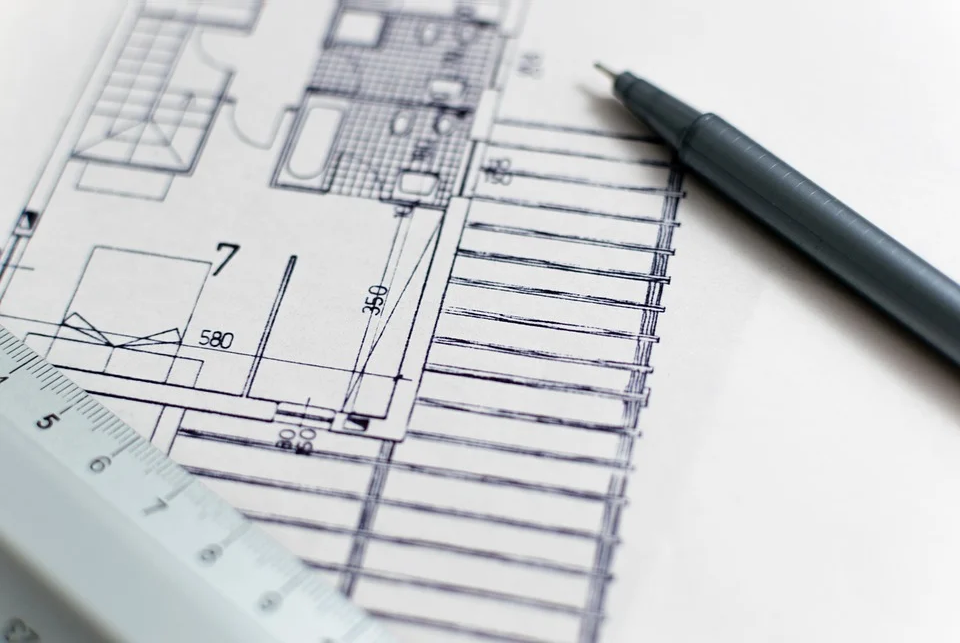
In recent years, there has been a surge in modular buildings. These are structures that are first built in a factory and then transported for on-site assembly. This process has been used as a construction method for decades. However, the range of construction projects that use this type of modular structure is always expanding. In a similar vein, there are an array of modular construction techniques that help bring these structures to life.
Defining modular construction
Modular construction techniques involve individual sections (i.e. modules) whose development occurs in an off-site manufacturing facility. Its assembly will later take place at a building site. By leveraging assembly line production practices, the result is conventional building materials creating each module.
Many refer to modular construction in general as being “new” or “modern.” The truth of the matter is – as mentioned before – it has been used in multiple industries for years. These include government, commercial, healthcare, utilities, and education. Modular restaurant construction is even seeing an increase.
Modular construction techniques are usually subject to comparisons to the process of building with blocks. This is mostly because the design of each building section allows it to fit perfectly with the next one. The result is a high-quality product whose development takes place in a safe, effective work environment.
All in all, modular construction focuses on longevity, efficiency, and quality control.
Generally speaking, each module is 12-14 feet wide to ensure its over-the-road transportation to the building site. Module lengths typically range from 30-72 feet long, depending on the building arrangement, site layout, and square footage requirements. To learn about construction costs per square foot, check out our article Breaking Down the Cost of Construction Per Square Foot.
Need a Quality & Tested Modular Construction Service?
Click here to see BUILD IT’s Modular Construction Services
Prefab & Modular construction techniques
Although many think that the terms “modular” and “prefab” (prefabrication) are interchangeable, they are actually quite different. The manufacturing of building components within a factory before its on-site installation are prefab. Modular construction is simply a type of prefab construction.
There are times when modular building companies will implement prefabrication methods to create the perfect factory-constructed module. All the essential pieces first go to the construction site, where they undergo careful connection. Afterwards, they are rooted in the foundation that is supporting the structure. And there you have it – a new modular building.
The increase in popularity for modular constructions is courtesy of its efficiency boost. Modular building companies of all sorts are seeing higher levels of cost-efficiency and shorter construction time periods. Additionally, there is the benefit of a heavy emphasis on reducing any resulting waste.
Steel framing
Steel is arguably the most popular commercial and residential construction material of the bunch. It’s the go-to component for most modular construction companies that aim for strength and durability in the structures they build. Some notable examples of steel frames include factory warehouses and high-rise buildings.
Timber framing
Like steel frames, the creation of timber frame panels occurs in a factory before its transportation to the construction site. The main benefit of using the timber framing technique is that it assists the quick erection of prefab buildings. However, due to rampant deforestation and other environmental concerns, more sustainable materials are substituting timber.
Concrete panels
For an extra boost in durability and better aesthetics, many incorporate precast concrete panels into their prefab buildings. Casting concrete portions of a building in the factory will save a significant amount of time. Plus, it allows for additional versatility. On top of that, using concrete systems is more economical.
Sandwich panels
Sandwich panels consist of two thin facings of materials that could either be plywood, concrete, or stainless steel. These facings are bonded to the insulating core, which is typically paper, cloth, foam, or rubber. With sandwich panels, you get the best insulation and maintain normalcy with the internal temperature.
Panelized wood frames
Panelized wood frames are common materials in roofing. The construction of these frames is done with long pieces of laminated timber. Plywood or other board roof decks are what make up this lamination. The prefabricated wood frames save time at construction sites and simplify roof construction.
Modular construction techniques the way of the future?
While it has its fair share of challenges, modular construction is a beneficial process. Along with prefab methods, it’s likely that we will see more modular and off-site construction in the years to come. If you want a quote for your next modular construction project, contact us here BUILD IT’s contact info.